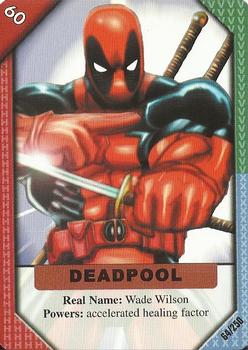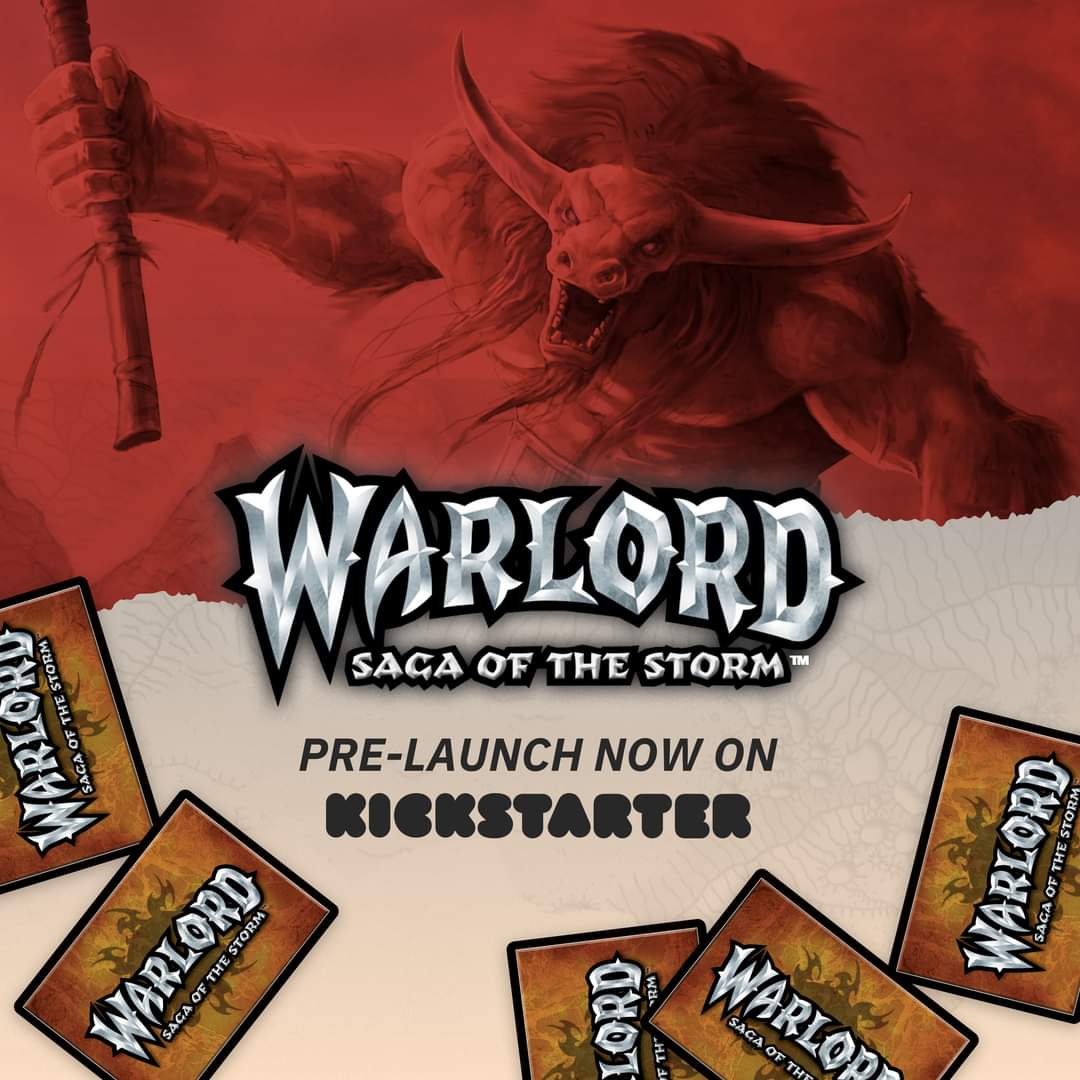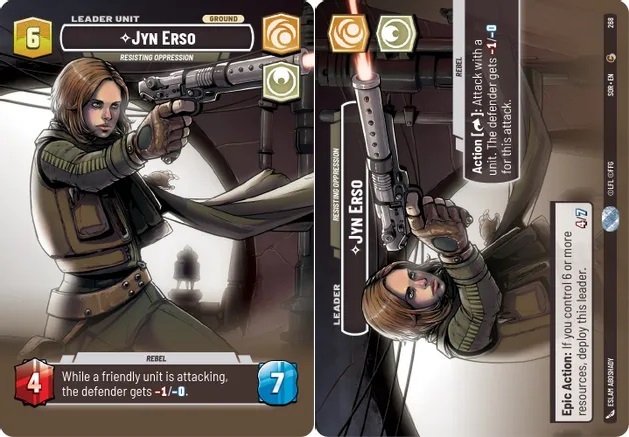Star Wars player Chris Gogolen shares part 2 of his article series for New and Returning Star Wars players with C1G.
Article 2- Starting Effects and Defensive Shields
For returning players especially, the concept of Defensive shields is usually a point of contention. Many would argue that creating this mechanic weakened the game, as it created a side board that contained some very key effects that used to take up valuable deck space. Others would argue that this mechanic improved the game, because now you do not have to waste deck slots on cards that specifically counter a variety of annoying deck strategies(inserts, podracing, etc…).
Regardless of which side of the argument you are on, in today’s environment playing with Defensive Shields is a vital component of the game.There are those players out there who do not like the Episode 1 cards, and prefer to try and play without using them. Those players are at a slight disadvantage against players who choose to use Episode 1 cards, but can still build competitive decks(Ralltir Operations, Set your Course/Commence Primary Ignition-V, Communing, Watch Your step, are all prime examples of decks that can be designed and played without using Episode 1 cards).Those decks might work better with Episode 1 cards, but they can be played competitively without them.
Players who do not use Defensive Shields put themselves are a much larger disadvantage when playing against someone who is using shields. I would not recommend that anyone returning to the game avoid using these, it will be an uphill battle from the very beginning.
In Article 1 I mentioned that for the immediate future, you should avoid using the virtual cards while you learn the basics of the game. This is the exception to that rule. Defensive Shields were released by Decipher in the Reflections 3 expansion in 2001.If you left the game prior to that, you won’t have access to these cards, and while its possible to find them in online stores (Editors Note – www.CategoryOneGames.com in the Reflections 3 Section), they will usually cost you $1-2 per card, so this is an added expense upfront that can be avoided. The Players Committee produced virtual slips to turn the original versions of cards into the defensive shield versions(where possible, there are a few cards that are only defensive shields).
Cards from Premiere through Coruscant have been turned into Defensive shields, so depending on what sets you have in your collection, you probably have some of these cards already. In the Resources section of the PC website, go to Downloads, then Virtual Cards, and then print out the Virtual Defensive Shields PDF. You will also need to print out the virtual version of the Starting Effects- Anger Fear Agression-v and Knowledge & Defense- v(the original cards are from the Dagobah set). Both of these cards are currently being redone to increase the number of shields that you are allowed to have under them from 12 to 15. They will likely be added to the Errata PDF once that happens, which can be found in the same part of the website.
The starting effects count as one of the 60 cards in your deck, but the shields underneath it do not. They allow you play a shield 4 times per game, and that action can occur during either players turn whenever you are allowed to take an action. Basically, you can’t play them as a response to something. For example if your opponent plays On the Edge to try and retrieve force, you can’t play Secret Plan as a response to make them pay for it. You would have to have Secret Plans in play already. But if they take an action during their turn (even just activating 1 force), you are now allowed to take an action of your own, which could be to play a defensive shield. You may notice some players will do this immediately at the beginning of the game, usually to play their Grabber shield (Allegations of Corruption or A Tragedy has Occurred), or possibly a shield to defend against Sense. When and how you choose to play your shields is an in-game decision that you will have to make for yourself. It will definitely change from game to game depending on the deck matchups.
Below is a short list of some of the most popular shields that are played and a short explanation of why they are included. Also in parenthesis is the set the original card came from.
Allegations of Corruption/A Tragedy Has Occurred (Coruscant cards) – This is the most common shield played. It grabs an interrupt your opponent just used, and makes them pay for and stack any additional copies of the interrupt the play in the future.
Battle Plan/Battle Order (Endor) – Makes each player pay 3 force for each force drain they initiate unless they occupy both a battleground site and a battleground system. Often played early in the game to slow things down and keep your opponent from being able to force drain you and pay to deploy more cards. But it does also affect you, so use it wisely. Keep in mind that if your opponent plays this shield, playing your version will do nothing, so don’t waste a shield pull on it.
Come Here you Big Coward (Special Edition)/Simple Tricks & Nonsense – Simple Tricks is a virtual card created to mirror Coward created from You Will Take Me To Jabba Now (Jabba’s Palace). They both prevent your opponent from retrieving force and force draining at non-battlegrounds unless they occupy at least 2 battleground locations. So they can’t just hide out on Dagobah and give Yoda a lightsaber and drain for 1 and play interrupts to retrieve force all game. They actually have to put cards down at places where you can interact with them.
Do or Do Not/There is no Try (Dagobah)
Wise Advice/Oppressive Enforcement (Special Edition)- I am lumping these shields all together because they serve similar functions. They protect against Sense and Alter. Do or Do Not makes Sense and Alter into Lost Interrupts, and makes the person using it also lose 2 force when it is successful. Wise Advice makes it so that your cards cancelled by Sense and Alter go to your used pile instead of your lost pile. It also makes your immediate effects deploy for free, which may be helpful if you have any in your deck that have a deploy cost on them(like the grabber cards What’re You Tryin’ to Push on Us? and Grappling Hook). I would recommend you pick the one that seems to fit more with your deck- are you more interested in making your opponent lose cards, or are you playing a deck that relies on key interrupts that if cancelled would be troublesome? If you do decide to carry both shields, I would rarely recommend you play both during the same game.
Don’t do that Again/Fanfare (Tatooine) – These shields are played primarily for the ability to use them to take into hand an immediate effect once per game. There are a number of immediate effects that can be very useful in the right situations, so once that situation presents itself, it may be worth one of your shield pulls to go get the card that you need(maybe you are about to win a battle in space and can go get Legendary Starfighter to start causing some additional force loss, etc..). These shields also have a secondary text that suspends Mobilization Points and Staging Areas unless the opponent occupies a battleground system. Mob Points and Staging areas give your opponent a force generation bonus for occupying docking bays(including non-battleground ones). There are also combo versions of those cards in the Coruscant set that have additional game text allowing your opponent to take cards into hand.
Resistance/Ultimatum (Jabba’s palace) – while you occupy 3 battleground locations, you lose no more than 2 force per force drain or insert card. Inserts are not commonly played like they once were, and there are other shields that flat out cancel them. The force drain protection can come in handy though. If you are playing a Dark Side space deck, and your opponent puts Luke Skywalker in the Cantina with his lightsaber and Lightsaber Proficiency, well that’s a drain of 4 that you might not have a way of doing much about. But if you can get ships to 3 battleground systems and play this shield, you can reduce the loss of 4 down to 2 and that will definitely go a long way.
Secret Plans (Special Edition) / Aim High (Endor) – these shields make your opponent pay force every time they retrieve force, or else that retrieval is cancelled. They are very practical shields that see a lot of play. Oh, you want to use On the Edge to retrieve 5 cards? Well then you have to spend 5 force first. That can have a direct impact on how much your opponent can do in their turn. Maybe now they can’t pay to force drain, or can’t deploy someone else. It puts pressure on them to have to make a choice which option is more important, and making your opponent make a hard choice is always a good thing to do.
You Cannot Hide Forever-V/Your Insight Serves your Well-V(Death Star 2)- The primary purpose of these shields is to reduce the impact of Podracing. Podracing was a mechanic Decipher introduced in the Tatooine set, and some would consider that mechanic as the beginning of the end of the Decipher era. Winning a podrace allows you to retrieve 6 force and make your opponent lose 6 force. That 12 card swing would usually mean the difference between winning and losing the game. These shields reduce that swing. The shield states that you don’t lose force, but you can’t cancel your opponent’s retrieval. So you have an option here, you can play this shield and save yourself losing 6 force, or you could play one of the other shields like Secret Plans or Coward to cancel your opponent’s retrieval, and lose the force. Podracing isn’t nearly as popular as it once was, but these shields are still worth packing just in case.
Other viable shields to consider:
Yavin Sentry/Death Star Sentry (Premiere) – cancels Colo Claw Fish, and impacts the deploy cost of non-unique cards(x-wings, non-unique aliens, destroyer droids, etc..)
Weapons Display/Firepower (Special Edition) – causes force loss when your opponent tries to avoid battles essentially.
The Professor (Dagobah)/Imperial Detention (Cloud City – Restricted Access) – stops opponent from deploying cards for free- makes them pay ½ the cost instead. The Light side version is more useful than the DS shield, as it impacts cards like Blizzard 4, and an entire deck type in the No Money, No Parts, No Deal! Objective(often nicknamed Watto).
I Find your lack of Faith Disturbing/Affect Mind (Premiere) – The Combat shields – these impact the Reflections 3 objectives that revolve around lightsaber combat(We’ll Handle This & Let them make the first move). Those were very powerful objectives that Decipher produced at the end of their license to try and sell product quickly before they had to shut down. The Light objective still sees a fair amount of play, the Dark one rarely shows up.
A Useless Gesture (Ref 3) – this one was only printed in the Reflections 3 set, but is one you should try to acquire. It also has a 2nd virtual version and they both impact the Watch Your Step objective, which has been commonly played for the last 10 years to abuse the ability to play interrupts from your lost pile. Both versions of this card affect that, and the Virtual version is more commonly played, but either one would be much better than not having it at all.
Chasm/Abyss (Cloud City) – these shields help out against cancelled battle destinies and help with substituting battle destinies(say from using a card like Smoke Screen). They also allow you to play an extra defensive shield, so they are essentially free if you include them under your starting effect.
Do They have a Code Clearance (Coruscant) – another defensive shield that helps against retrieval- helpful if you can get a card stacked on it, but good light side players will often avoid doing that until absolutely necessary.
I had hoped to also include details about Starting Interrupts in this week’s article, but that will have to wait for Article 3. Thanks for reading and questions/feedback is always appreciated!


